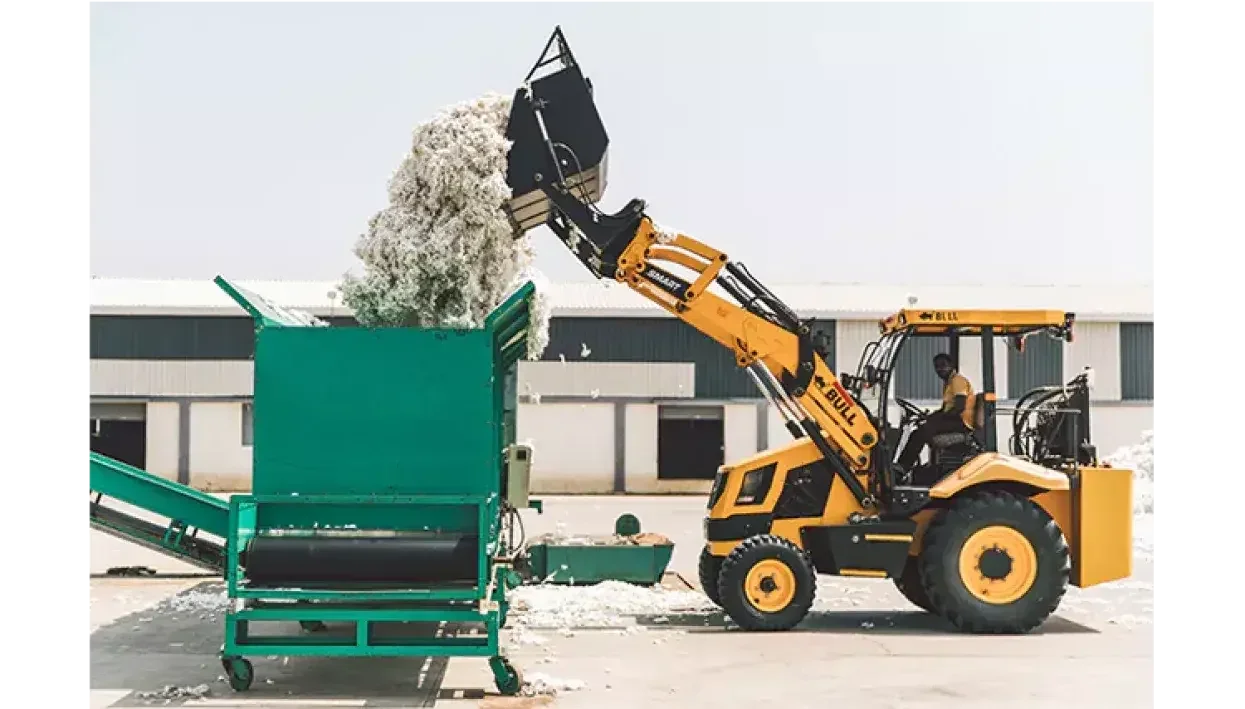Sustainability
Textile Printing
7 simple steps for textile printers to hit UN Sustainable Development Goals
Author
FESPA Staff
Published Date
19/12/2019
Become a FESPA Member
to Continue Reading
